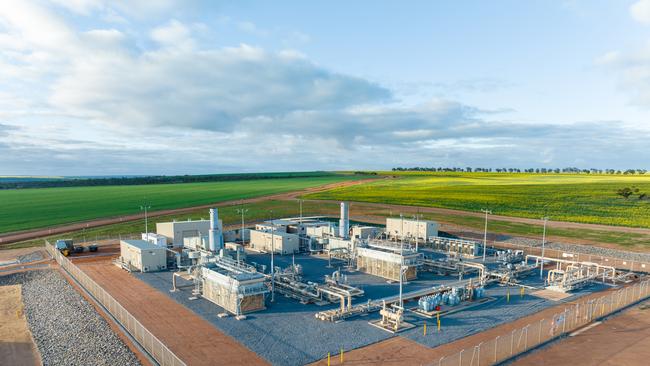CBA to cease project finance lending to oil and gas exploration
The decision by Australia’s biggest lender could be a template for others, tightening yet further access to capital to oil and gas developments just when the country is grappling with an energy crunch.

Australia’s biggest lender, Commonwealth Bank, will no longer provide any project financing to new or expanded oil and gas extraction developments, the latest snub by financiers to the fossil fuel sector.
CBA has aggressively reduced its exposure to oil and gas financing as it moves to meet its own climate goals, but the blanket ban on project financing to the sector will heighten the capital burden many fossil fuel developments already face.
Fossil fuel developers already face a tough capital markets landscape as large banks move to curtail lending amid heightened social pressure, which leaves oil and gas companies forced to tap alternative sources that are typically far more expensive than traditional lenders.
Fossil fuel proponents have criticised the lending practices, arguing it will intensify concerns about Australia’s energy security, but environmental advocates welcomed CBA’s tough new policy.
Will van de Pol, acting chief executive of Market Forces – an environmental advocacy group, praised the stance but said Australia’s largest lender could and should go further.
“The Commonwealth Bank’s climate policy update sits well above its peers, ruling out direct finance for any new and expanded oil and gas extraction projects plus some key infrastructure, such as pipelines to new fields,” said Mr van de Pol
“This policy sends a stark warning to the fossil fuel industry: funding for your climate-wrecking expansion plans is drying up faster than a puddle in a heatwave.

As a small lender to the upstream oil and gas industry, CBA’s move is unlikely to cause much impact. But it could act as a template for others to follow, heightening pressure on the oil and gas industry.
Australia is already struggling to unleash new domestic sources of gas despite having some of the world’s largest reserves amid mounting social pressure, prompting alarm about energy security across the country’s east coast.
The Australian Consumer and Competition Commission in June said Australia’s east coast has just about avoided a gas supply deficit, but the situation was precarious. The outlook is expected to worsen as supplies from traditional sources slow.
ExxonMobil – one of Australia’s largest producers of domestic gas – this year said its Gippsland Basin joint venture, which historically supplies more than 70 per cent of southeast Australia’s domestic gas demand, was rapidly dwindling.
Several developers are looking to fill the void, but projects will eventually need access to significant capital at a time when advocates are looking to heighten pressure on lenders.
Mr van de Pol said CBA has not ruled out lending to new LNG processing plants, which he said improves the economics of new gas fields.
The Northern Territory has proposed allowing a LNG facility in its proposed Middle Arm industrial development, which it hopes will be unlocked by the development of the Beetaloo Basin.
The NT government in May allowed fracking in the Beetaloo. The country’s oil and gas industry said the decision would aid Australia’s $2 trillion economy and improve energy security but has ignited a wave of opposition from environmentalists and some Indigenous groups.
Tamboran is expected to begin drilling in the Beetaloo within weeks under its exploration licence, and hopes to expand after securing licences and agreements with local landowners. It has a supply deal with Origin and is targeting first LNG production in 2030.






To join the conversation, please log in. Don't have an account? Register
Join the conversation, you are commenting as Logout